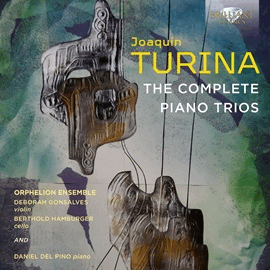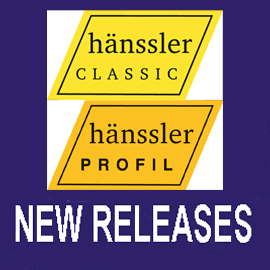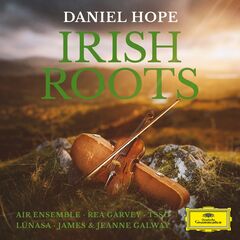Auf dieser Einspielung hat sich Daniel Hope auf seine irischen Wurzeln bezogen, zu denen im Begleittext einiges ausgeführt wird. Dazu hat er ein Album zusammengestellt mit bekannten irischen Volksliedern, traditionellen Tänzen sowie Kompositionen aus dem 18. Jahrhundert, die in irischen Konzertsälen gespielt wurden. Diese für ihn faszinierende Verbindung von Volksmusik und klassischer Musik führte zum Album Irish Roots. Da finden sich dann etwa auch Kompositionen von Geminiani, Purcell und Vivaldi, aber eben auch Molly Malone. Das ergibt ein reizvolles Potpourri, von dem man einige Teile mitsingen bzw. pfeifen kann und das macht dann einen weiteren Teil des Charmes aus.
Hope geht auch diese Sammlung mit allen seinen im klassischen Violinstudium gewonnenen Fähigkeiten an. So erzielt er mit allen Möglichkeiten ausgelotete Deutungen dieser so unterschiedlichen Musikstücke. Doch er kann auch mit leichter Hand die ihm sozusagen ins Blut mitgegebene Musik mühelos präsentieren. Dabei formt er abwechselnd mit den Ensembles Air und Lusana sowie einzelnen Musikern, die eher auf die folkloristische Seite ausgerichtet sind, Irish Pub taugliche Grüppchen, die die Stücke im Stile von Hope klassisch darbieten. Das ist blankgeputzt und ausdrucksvoll schön, auch abwechslungsreich und macht Spaß.
Und das mag der eine oder andere Hörer genau als Problem empfinden. Mit irischer Musik, vor allem der Volksmusik, wird klischeemäßig der Pub mit ausgelassener Stimmung verbunden. Und da erklingt die Musik nicht so stubenrein und edel, aber umso lebenslustiger und freier. Das ist dann nicht alles klanglich so ausgelotet, aber es sprüht vor Energie, wie es hier so nicht hörbar wird. Die große Kunst steht hier im Gegensatz zu einer Guinness- und Kilkenny-seligen Stimmung. Da mag jeder entscheiden, wie es ihm gefällt.
On this recording, Daniel Hope has drawn on his Irish roots, which are explained in the accompanying text. He has put together an album that combines well-known Irish folk songs with traditional dances and compositions from the 18th century that were played in Irish concert halls. This fascinating combination of folk music and classical music led to the album Irish Roots. There are compositions by Geminiani, Purcell and Vivaldi, for example, but also Molly Malone. The result is a delightful potpourri, some of which you can sing or whistle along to, which is another part of its charm.
Hope also tackles this collection with all the skills he acquired in his classical violin studies. In this way, he achieves fully explored interpretations of these very different pieces of music. But he can also effortlessly present the music that has been ingrained in him with a light hand. He alternates with the ensembles Air and Lusana as well as individual musicians, who are more oriented towards the folkloristic side, to form groups suitable for Irish pubs, who perform the pieces in Hope’s classical style. It’s polished and expressively beautiful, varied and fun.
And some listeners may find this a problem. Irish music, especially folk music, is stereotypically associated with the pub and a lively atmosphere. And so the music doesn’t sound quite so housebroken and noble, but all the more fun-loving and free. Not everything is so sonically fathomed, but it sparkles with an energy that is not audible here. The great art here stands in contrast to a Guinness- and Kilkenny-esque atmosphere. Everyone can decide how they like it.


















